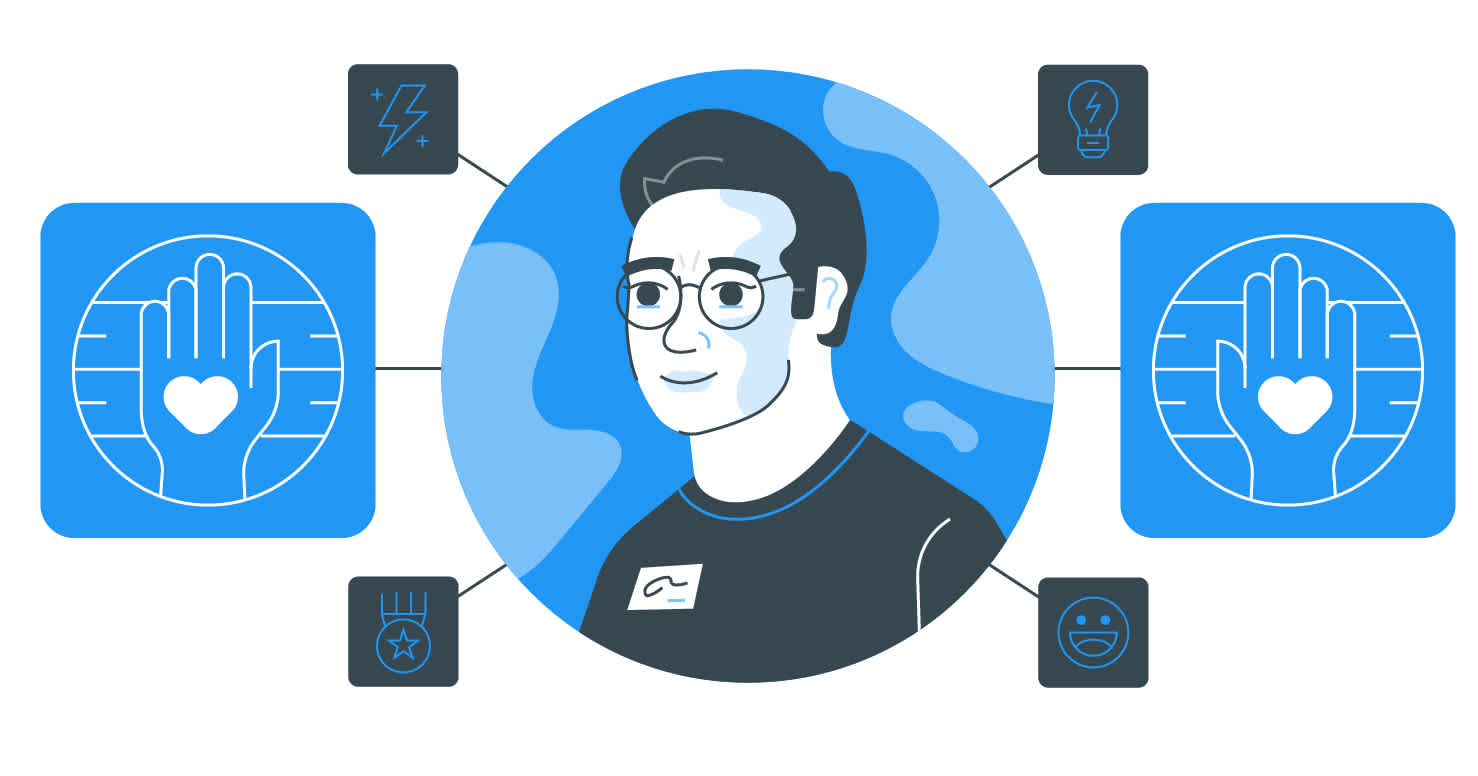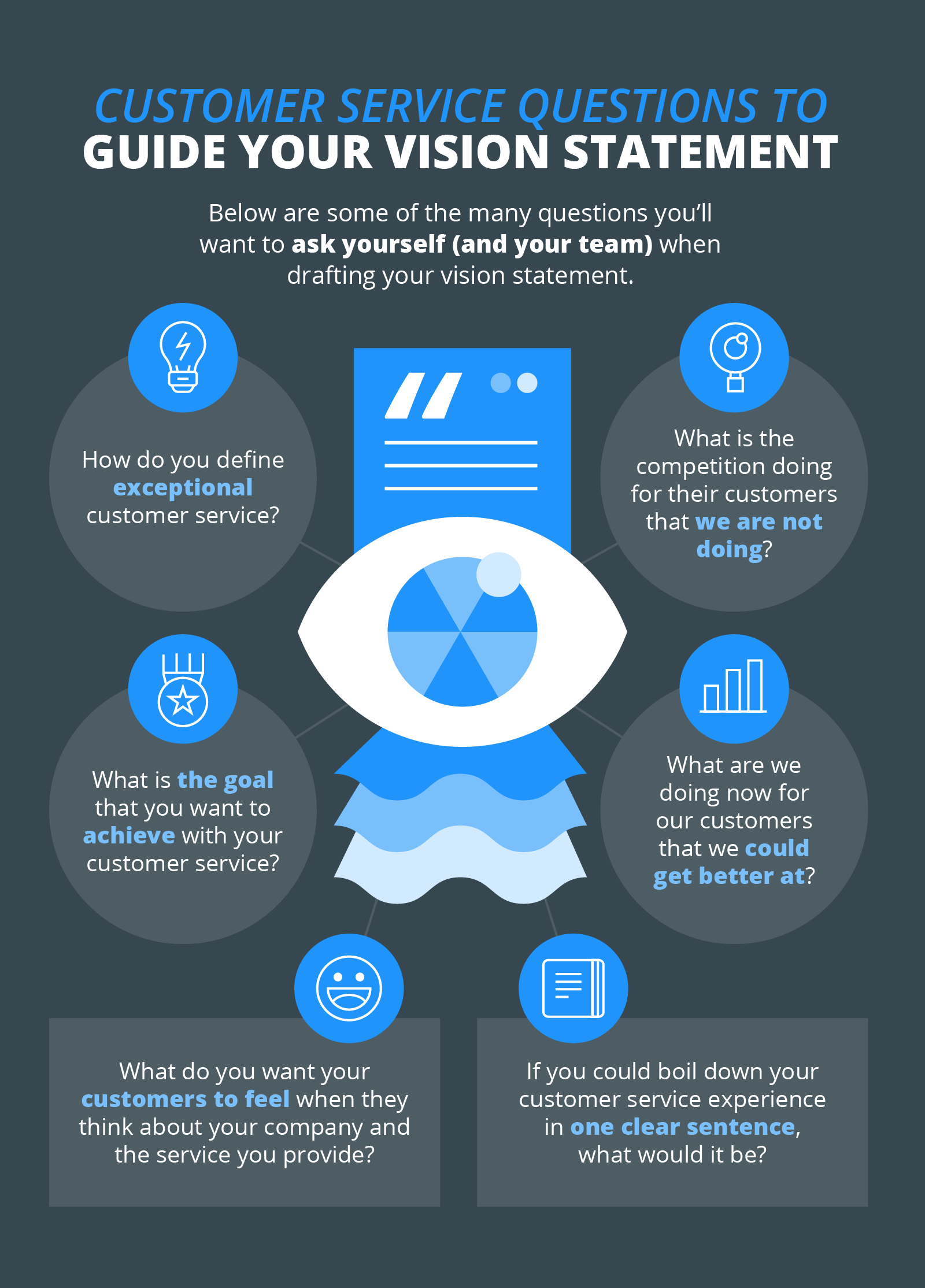
The ultimate customer experience does not start with your customer purchasing or even interacting with your business.
It starts with the culture you foster and indoctrinate employees into. When you develop a customer-centric culture in your business, excellence naturally bolsters the experiences that your customers have when doing business with you. With our new chat feature, we do just that, and you can too.
To dive into this topic deeper, we are inviting keynote Nancy Friedman, who is a speaker, author, and also the founder of ServiceSkills.com, to discuss how you can effectively drive your sales strategy and train your technicians to sell with compassion to create a consistent customer experience.
Service Oriented Culture Starts With Happy Employees
Before you can satisfy your customers, you must first satisfy your employees.
CEO of Starbucks, Howard Schultz, understood this when he created Starbucks from the ground up. He says, “We built the Starbucks brand first with our people, not with the consumers. Because we believe that the best way to meet and exceed the expectations of our customers was to hire and train great people, we invested in employees.”
Employees that feel appreciated and respected in their job will be better able to deliver a stellar customer experience, day in and day out.
12 Tips for Creating a Culture Dedicated to Customer Service
Ready to cultivate a workplace culture where everyone is dedicated and excited about the consumer experience?
1. Hire People With a Customer Service Mindset
The leaders you chose to chart the course of your company’s culture are critical. Leaders not only set the stage for culture, but they also act as ongoing role models for all employees they interact with.
But the right leadership is only one half of the answer. You also want to make sure that you are hiring the right employees. These individuals will be interacting with your customers on a regular, if not daily, basis so you want to make sure that they can empathize.
Some of the qualities that lend well to a customer-service mindset are:
- Willing to learn and grow
- A calm and patient personality
- Excited about connecting with and helping people
2. Craft a Customer Service Vision Tailored to Your Company
If you have a well-defined vision for what you want customer service to look like at your company, you’re more likely to make that vision come to life.
Consider creating a customer service statement or mantra. Boiling down your vision to a simple, straightforward, and memorable phrase will make it easy for everyone to remember your vision. These mantras can also work to excite employees and influence the way they interact with customers.
Zappos’ mantra, for example, is: empower your employees to wow your customers.

3. Align Your Team With Your Vision
Communication is critical for putting in place a company culture that prioritizes customer service.
Once you’ve established your vision statement, it is imperative that you communicate that vision to all members of your company.
With this kind of top-down communication, you can make sure your team is aligned with your vision and fully understand it.
Consider holding brief stand up meetings with your employees before beginning each workday. This allows you to discuss the day’s agenda, job, individual tasks, goals, and any roadblocks before dispatching your team to start work.
4. Educate Employees on the Customer Service Basics
New employees might have the right attitude and personality for your company culture, but they may not have all of the skills necessary for delivering excellent customer service right off the bat.
Training new employees (or all employees) on the basics of exceptional customer service can help employees become invested in the company’s culture and perform essential job functions better.
Outline a customer service onboarding program for all employees. Highlight what customer service means and the ways in which your employees can deliver top-notch service routinely, with multi-modal learning mechanisms like role-playing, videos, presentations, and articles.
Establishing this resource early on will allow you to train employees consistently without too much hassle.
5. Provide Ongoing Training
Education is an ongoing process. While training employees on the fundamentals of customer service is imperative, continuing to improve their emotional intelligence by exposing them to thought leaders and networking at conferences, for example, can have a lasting impact on performance.
Ongoing education can also take the form of mentorship programs. Consider establishing a program in which more seasoned service team members mentor new team members to help them grow and stay motivated.
6. Lead by Example
As we mentioned above, leadership is a crucial element of any customer-service oriented culture. Culture starts at the top and trickles down.
Company leaders must be excellent examples of customer service so that the people below them can clearly see how to conduct themselves. Leaders also act as role models for other employees. Getting employees to emulate excellent customer service starts with emulating that mentality yourself.
The co-founder and CEO of Betterment, an automated financial advisor with more than $18 billion in assets under management and 400,000 customers, is dedicated to leading the charge on customer service himself.
Stein recalled, “As I think back on 2018, my resolution last January was to bring our customers to life inside Betterment. Nothing brings me more energy than calls and coffees with customers (a special thanks to those of you I met with over Thanksgiving in Dallas).”
7. Create Customer Service Rituals
Rituals are a great way to reiterate, reinforce, and advocate for custom-service centric culture. By embedding routine activities devoted to customer service, your employees will be immersed in the customer-service mindset.
A few rituals you might want to consider are:
- Daily briefings with customer service teams recapping service wins or losses
- Welcome party for new staff members that introduces them to the customer-service vision
- Celebrations for service team members who go above and beyond for their customers
- Anniversary celebrations that acknowledge service members and emphasizes their great service
Rituals take many shapes and forms. Use the above as a general guide to find what feels right for your team and your company.
8. Empower Employees to Experiment
You want to empower your employees to deliver outstanding service to each and every customer they interact with. Whether this means changing the metric that measures the success of employees.
Tony Hsieh, co-founder and CEO of Zappos, realized that call centers were traditionally optimized for number of calls per hour, but this goes against the goal of a call center – quality customer service. Hsieh changed this metric to measure quality time spent on the phone.
In one case, a customer service rep from Zappos sent a care package to a soldier in Afghanistan to show their appreciation for a customer in the military. This is similar to our feature that allows you to send
After you’ve trained employees on the building blocks of customer service and instilled your vision in them, it’s important to then give them the power to show off what they’ve learned.
This trust can not only lead to enhanced employee satisfaction, but it can also lead to remarkable customer service. When your employees feel that they have the power to provide for their customers, it may be easier for them to meet and exceed your customer service expectations.
Empowering seasoned employees to experiment with customer-service tactics can also unearth a trove of new and successful customer-service strategies you may have never considered.
9. Analyze Your Wins and Losses
While it’s important to empower your employees to deliver and experiment, it’s also important to regularly analyze your wins and losses.
Regularly measuring your customer service performance can help you identify the strengths and weaknesses of your customer service tactics.
Overall customer satisfaction and customer retention are two great metrics to focus on when assessing the efficacy of your customer service tactics.
Consider holding bi-monthly or monthly performance meetings devoted to analyzing customer service success. This will give you an accurate understanding of what’s working versus what isn’t and will give employees the chance to share their experimentations.
10. Recognize and Reward Employees
After you’ve identified customer service wins from regular analysis, it’s important to acknowledge those wins and the employees behind them.
Personal recognition from management and peers is critical in making employees feel valued, acknowledged and appreciated for all of the hard work they put into delivering outstanding customer service.
Recognition and reward can take whatever shape best suits your company. It can be either private or public, in person or in writing, or potentially accompanied by a financial reward.
Consider instituting “Employee of the Month” as a way to consistently acknowledge employees who are going above and beyond. Gifts are also another effective way to reward employees’ hard work. This form of recognition can incentivize employees to continue performing well and can motivate their peers to improve their own customer service skills.
Moreover, acknowledgement can significantly inspire employees. This recognition can lead to enhanced confidence in their ability to perform their job because you’ve taken the time to let them know they are doing a good job.
It can also lead to improved employee retention. When employees are consistently recognized for their good work, they may feel more invested in the company and happier with their position or career track.
11. Celebrate Your Customers
The celebration doesn’t stop with your employees. Consider celebrating your best customers!
Recognizing exceptional customers can be an effective method for gaining critical feedback.
For example, you could send out an email survey to all of your top-tier customers, letting them know they’ve been selected for an exclusive feedback survey based on their special experience with your company. With this set up, you can ask customers to to complete the feedback survey in exchange for a gift card or other reward of your choosing.
You can also celebrate top customers internally to get your employees excited about the consumers they’re serving. Try sending out monthly email blasts that highlight top customers or use one of your regular meetings as an opportunity to showcase these customers in person to your team.
Read more in part 2 – How to Shape Service Oriented Employees [Infographic]






